How do faculty become highly cited?
November 13, 2025
Earning citations is a key aspect of doing research. The number of citations indicates a paper's importance and a researcher's impact. Here, LSU researchers who accounted for some of LSU's most highly cited papers published in the past five years explain how they did it.
Cheryl Harrison

Role at LSU: Assistant Professor of Oceanography & Coastal Sciences with a joint appointment in the Center for Computation & Technology
Research focus: Physical, biogeochemical, and ocean ecosystem modeling
Publication: Global food insecurity and famine from reduced crop, marine fishery and livestock production due to climate disruption from nuclear war soot injection, Nature Food, 2022
Number of citations: 308
Why is this paper highly cited? “This paper is high-impact because it examines an existential risk, projecting the billions of people who would starve under nuclear winter scenarios, using agricultural and fisheries models forced by global climate simulations. This work took a transdisciplinary team of scientists and builds on many previous studies. It has been cited in a recent national report and often in arguments for limiting nuclear weapons. Our current effort is to make our nuclear winter datasets accessible for non-climate scientists, such as medical professionals and economists, further increasing the scope of impact of this work.”
Kunlun Ding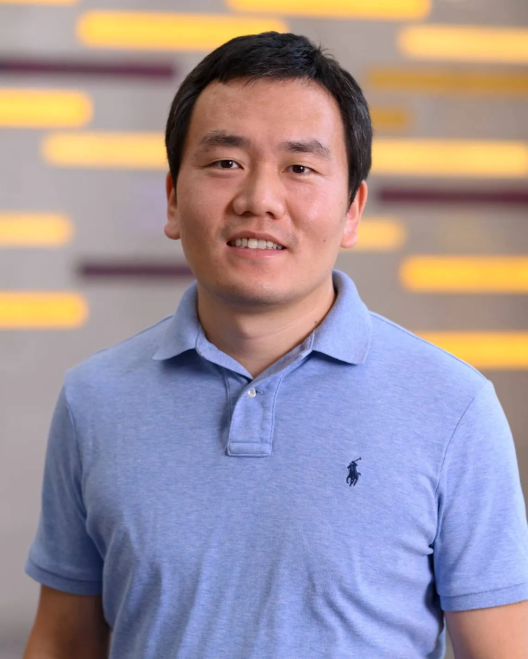
Role at LSU: Associate Professor of Chemical Engineering
Research focus: Catalysis, materials chemistry, energy
Publication: Heterolytic Dissociation of H2 in Heterogeneous Catalysis, ACS Catalysts, 2022
Number of citations: 213
How did this paper become highly cited? “We looked at existing research in an emerging field. The review provided a new angle for many researchers to explain their observations and design new catalysts.”
Manas Gartia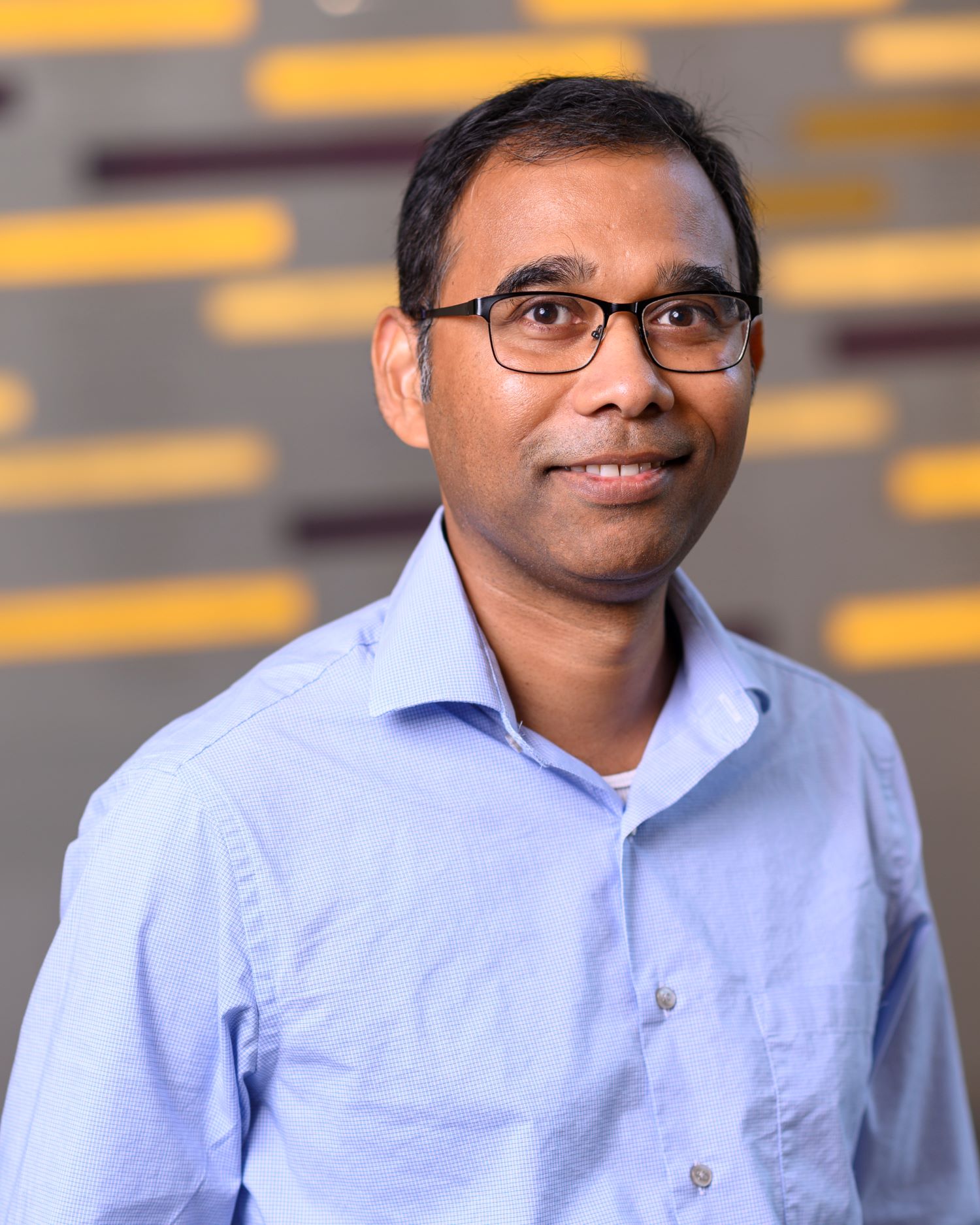
Role at LSU: Associate Professor of Mechanical Engineering
Research focus: Biomedical, energy, ray detection
Publication: Biomarkers in Cancer Detection, Diagnosis, and Prognosis, Sensors, 2024
Number of citations: 189
How do you become highly cited? “Focus on questions that address pressing scientific or societal needs. Communicate your findings in a clear, accessible, but comprehensive way. When your work summarizes the state of the art as well as previous work, people tend to cite it. Collaboration is also key. Work with researchers across disciplines. It can amplify both the quality and visibility of your work. Share your discoveries through conferences, open-access publications, and digital platforms to reach broader audiences and spark new connections.”
Ram Devireddy, professor of mechanical engineering, and Mohan Kumar Dey, graduate research assistant, are co-authors.
George Stanley
Role at LSU: Emeritus Professor of Chemistry
Research focus: Hydroformylation
Publication: Highly active cationic cobalt (II) hydroformylation catalysts, Science, 2020
Citations: 165
Why is this paper highly cited? “This paper represents the biggest advancement in hydroformylation catalysis in 50 years, a totally unexpected discovery. The second reason, and perhaps the number-one reason the paper is so highly cited, is it includes another first: a table that summarizes the major industrial hydroformylation catalyst systems and compares them to LSU’s.”
Associate Professor of Biological Sciences David Vinyard is a co-author.
Md Adilur Rahim
Hany Hassan

Roles at LSU: Assistant Professor of Research at LaHouse and Associate Professor of Transportation Engineering
Research Focus: Disaster resilience and transportation safety
Publication: A deep learning based traffic crash severity prediction framework, Accident Analysis & Prevention, 2021
Number of Citations: 149
How do you become highly cited? “Select a research topic with a clear, significant contribution to existing knowledge that bridges methodological innovation with implementation, and a broader impact that other researchers and relevant agencies can apply.”
Guoqiang Li
Role at LSU: Professor of Mechanical Engineering
Research focus: Mechanical and functional metamaterials
Publication: Inverse machine learning framework for optimizing lightweight metamaterials, Materials & Design, 2021
Citations: 136
How do you become highly cited? “Highly cited papers often introduce new concepts, propose original theories, develop novel approaches, or present significant results. Papers that combine depth with broad applicability tend to attract greater attention. Research at the forefront of a field typically garners more citations than work on well-established topics. That said, a breakthrough in a traditional area can also generate significant interest within the scientific community.”
Chao Sun
Role at LSU: Associate Professor of Civil and Environmental Engineering
Research focus: Dynamics, sensing, adaptive control
Publication: Structural damage identification via physics-guided machine learning: a methodology integrating pattern recognition with finite element model updating, Structural Health Monitoring, 2021
Number of citations: 135
How do you become highly cited? “Focus on a valuable scientific problem that aligns with technology development and societal needs. Develop new, easily followed frameworks and methodologies. Write papers with rigorous logic, clear descriptions, figures, and conclusions. Try to publish in a top-tier journal.”
Kerry Dooley
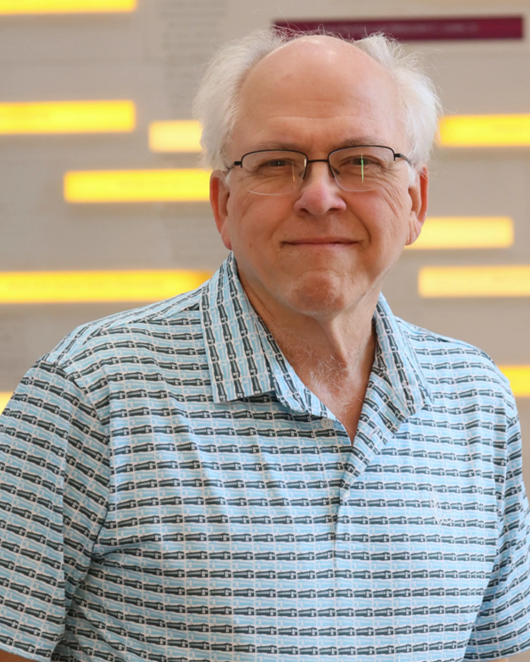
Role at LSU: Professor of Chemical Engineering
Research focus: Catalysis, materials chemistry, energy
Publication: Enhancing CexZr1–xO2 Activity for Methane Dry Reforming Using Subsurface Ni Dopants, ACS Catalysis, 2020
Citations: 116
Why is this paper highly cited? “There are two major reasons: (A) It is in a good journal, ACS Catalysis. (B) It showcased some new things, in this case a new analytical method for this reaction and a new way to make the catalysts.
Novelty doesn't always lead to a high number of citations, but lack of novelty almost always leads to a low number.”
Eric Burns
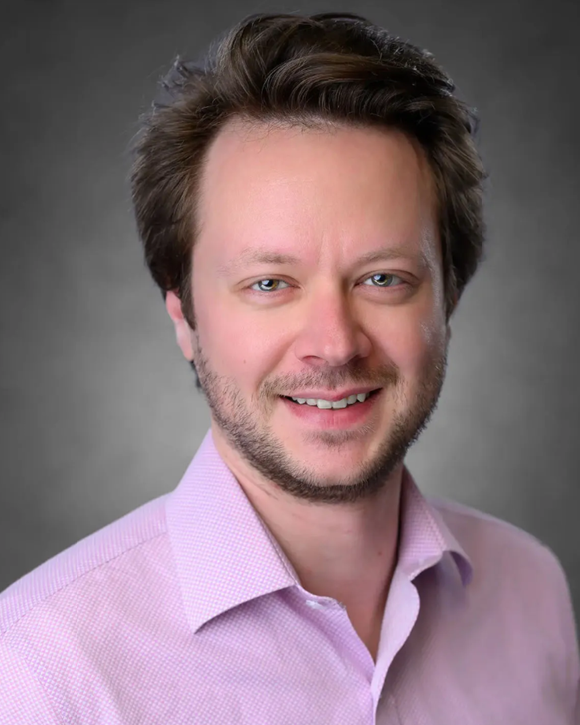
Role at LSU: Associate Professor of Physics & Astronomy
Research focus: Transient events in high-energy photons
Publication: GRB 221009A: The BOAT, The Astrophysical Journal Letters, 2023
Citations: 115
Why is this paper highly cited? “The BOAT was a 1-in-10,000-year event. If a once-per-ten-millennia event occurs in your field, you should work on it!”
Kevin Smiley

Role at LSU: Associate Professor of Sociology
Research focus: Social inequalities and climate change
Publication: Social inequalities in climate change-attributed impacts of Hurricane Harvey, Nature Communications, 2022
Citations: 111
Why is this paper highly cited? “Disparate expertises collided to make the whole more than the sum of its parts. Each discipline had a part to play, and each discipline was advanced. We relied on our core disciplinary expertises but did so, crucially, in combination with each other, creating the space to advance the interdisciplinary field to which we contributed.”
Qinglin Wu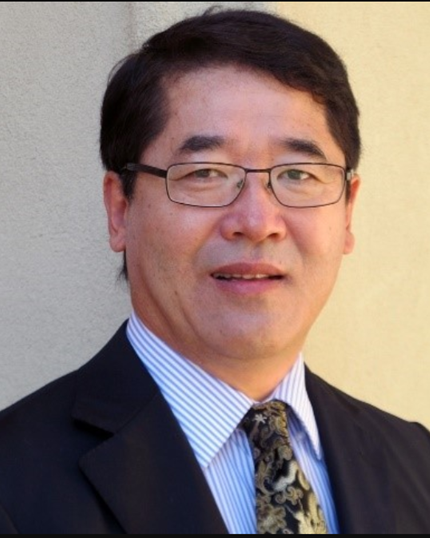
Role at LSU: Professor of Composites and Engineered Wood Products
Research focus: Cellulose nanomaterials/composites
Publication: Synergic Effect of Dendrite-Free and Zinc Gating in Lignin-Containing Cellulose Nanofibers-MXene Layer Enabling Long-Cycle-Life Zinc Metal Batteries, Advanced Science, 2022
Citations: 85
How do you become highly cited? “Writing papers that get cited begins with strategic intent. Choose a problem that truly matters and will continue to matter. The topics should sit at the heart of one’s discipline or bridge multiple areas. High-impact work often thrives at intersections where ideas from different fields meet and resonate—cellulose nanomaterial and energy storage material in our case. Beyond producing solid results, one should also aim to offer a conceptual or methodological contribution; something others can readily build upon or use. Presentation clarity and credibility using clear visuals and a strong narrative is essential. To maximize reach, publication venues should be chosen where the intended audience actually reads, and make the paper discoverable with clear, searchable language in the title and abstract.”
Wangwang Xu, research associate of mechanical and industrial engineering, is a co-author.
Michela Negro
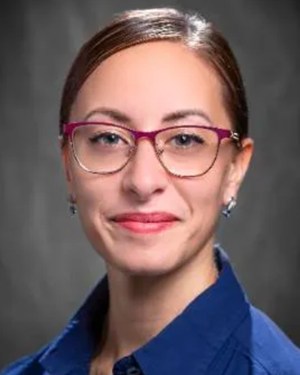
Role at LSU: Assistant Professor of Physics & Astronomy
Research focus: Multimessenger and time-domain high-energy astrophysics; polarimetric studies of high-energy astrophysical sources; and advanced machine learning techniques for data analysis and/or data reconstruction.
Publication: The Fermi-LAT Lightcurve Repository, The Astrophysical Journal, 2023
Citations: 64
Why is this paper highly cited? “The paper describes a broadly useful tool for the astrophysics community, particularly for researchers studying blazars and other variable gamma-ray sources. Rather than presenting a single scientific result, it provides an interactive interface along with a long-term, uniformly processed dataset that enables a wide range of studies—from multiwavelength variability analyses to population studies and source monitoring.
In general, research that becomes widely cited often does so because it creates a shared resource, whether a data product, software package, or methodological framework, that others can easily adopt and build upon.”


